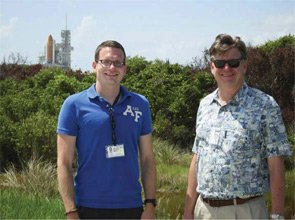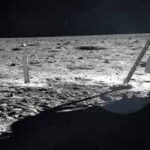“Our hypothesis [is] that the ability of mesenchymal stem cells to turn into bone-forming cells is decreased in mice that are exposed to microgravity in flight,” he says. “We’ll look at several genes that regulate stem-cell differentiation to bone-forming osteoblastic cells. We might identify a gene, the expression of which is decreased because of microgravity. That could lead to a target to treat osteoporosis.”
The process may take years, just as the development of Amgen’s denosumab medication, which Dr. Bateman helped assess during a shuttle flight 2001 and which received U.S. Food and Drug Administration (FDA) approval for osteoporosis treatment last year (see “From Idea to Approval,” p. 50, for more information on how denosumab was studied in space). In a similar way, Dr. Bateman says the sclerostin antibody tested aboard Atlantis could ultimately be a “fundamentally different type of therapy than what exists to treat osteoporosis right now.” Currently, most therapies prevent bone resorption by tamping down osteoclast activity. Blocking sclerostin could help spur bone formation.
“It may not sound very thrilling, but being able to examine in an environment where bone formation and bone resorption are moving in the opposite direction is extremely valuable from a scientific point of view,” Dr. Bateman says.
Long History of Medical Research in Space
As a researcher, Dr. Bateman is a “veteran” of four NASA flights. On the most recent mission, the mice were stored in NASA-developed cages that fed and provided water for the animals, as well as ensuring proper waste disposal. A control group of mice was in place both on the shuttle and on the ground to provide baseline measurements.
Julie Robinson, the International Space Station program scientist at NASA, says that, while the federally funded agency is no longer running shuttle missions, medical experiments will likely continue via cargo transportation flights operated by other countries and two new commercial flight companies, SpaceX and Orbital Sciences Corp. Both of the private firms are running test flights, with another demonstration trip planned in the coming months.

“Instead of NASA having to build the vehicles to deliver things to the space station, now it’s going to be a little more like UPS where we can order the cargo delivered that we need,” Robinson says. “So we’re working with both of those new cargo providers to help us in providing all different kinds of experiments that we’ve done historically in the past…we essentially don’t have any change in the capabilities of the kind of research we can do.”
